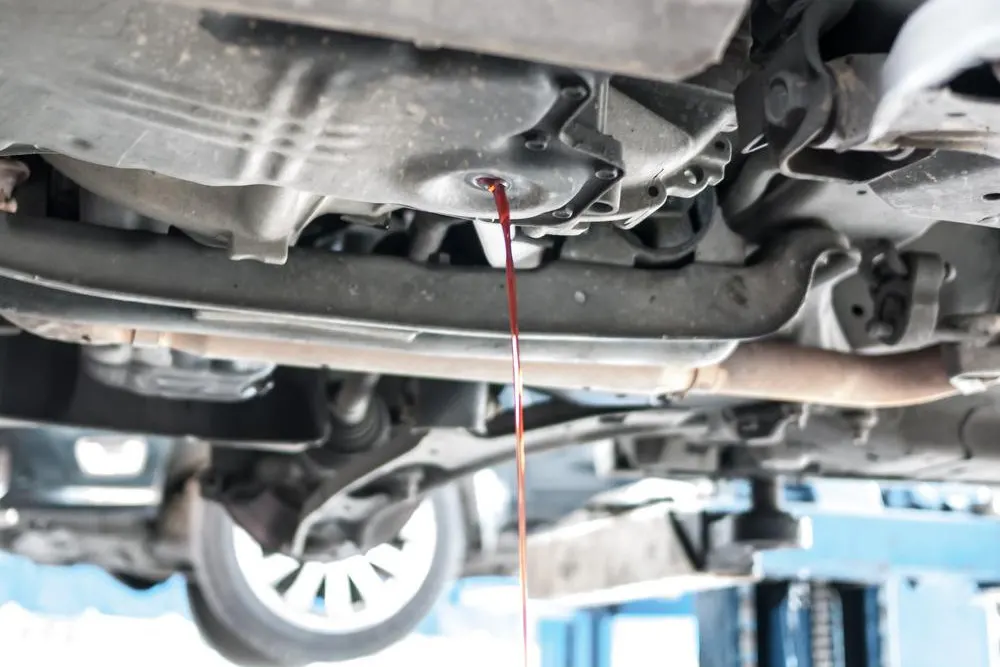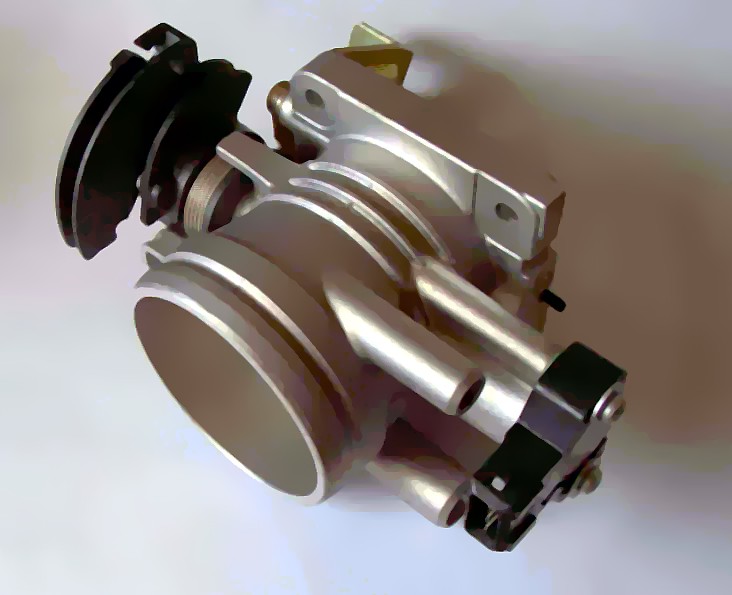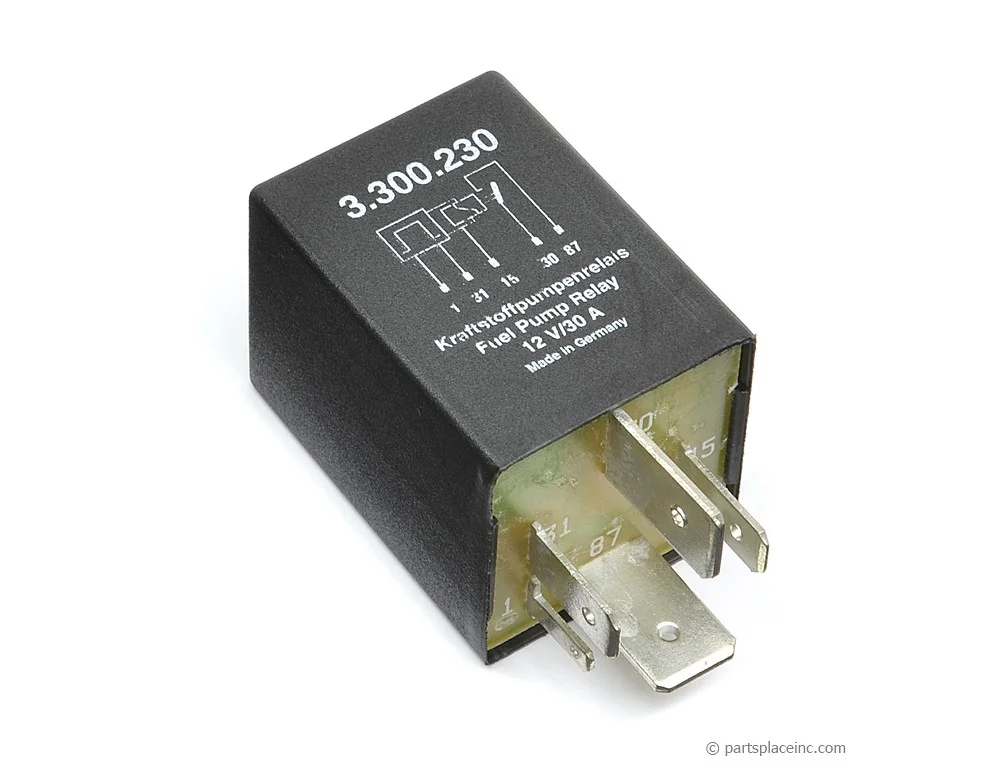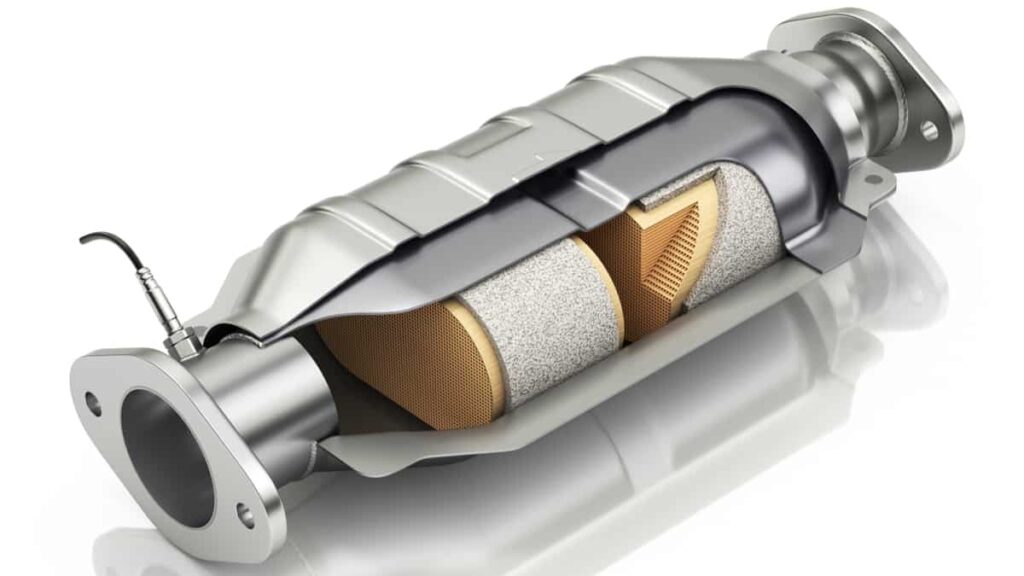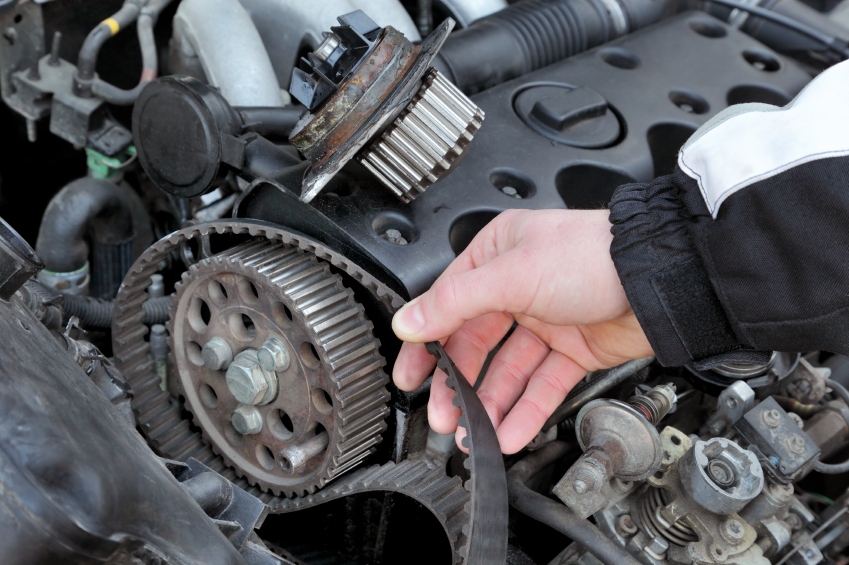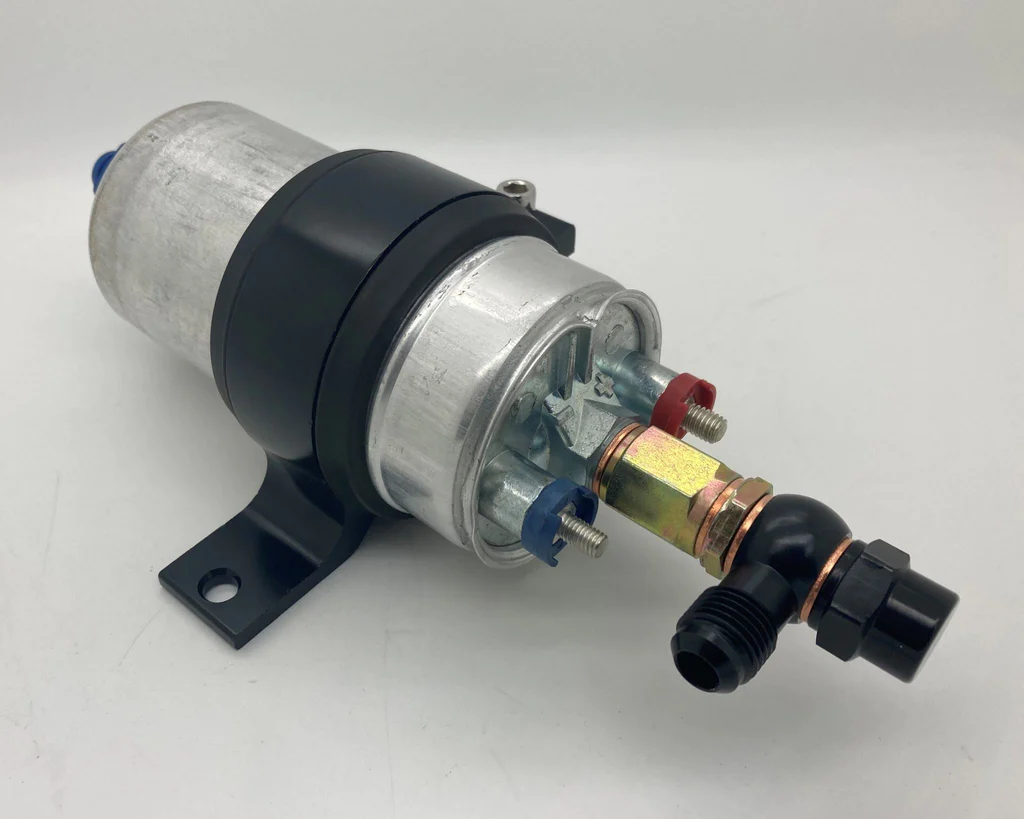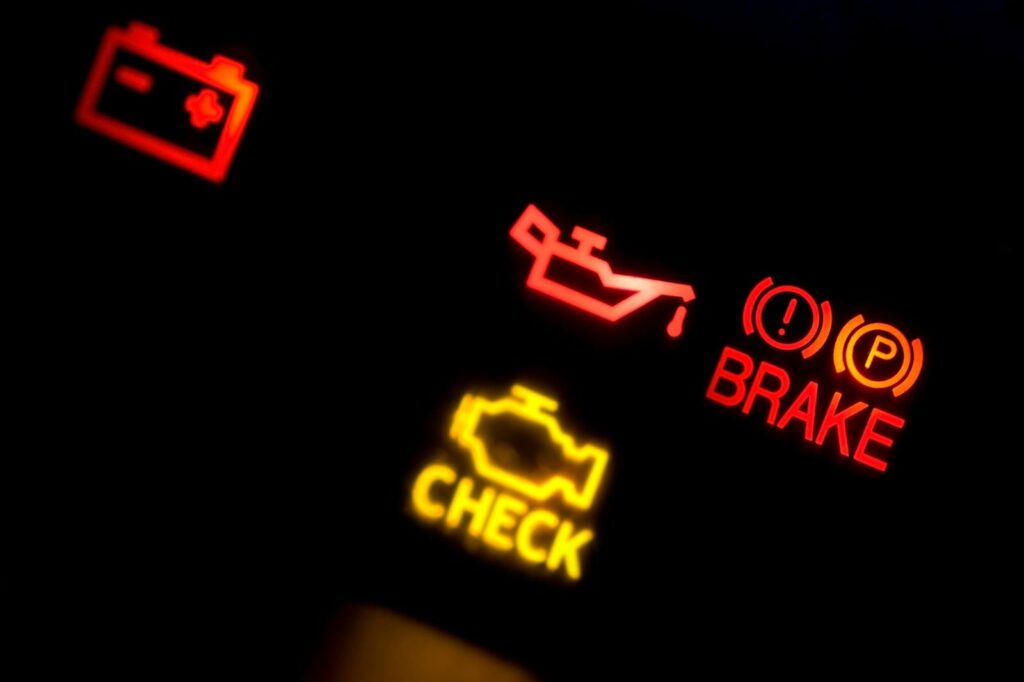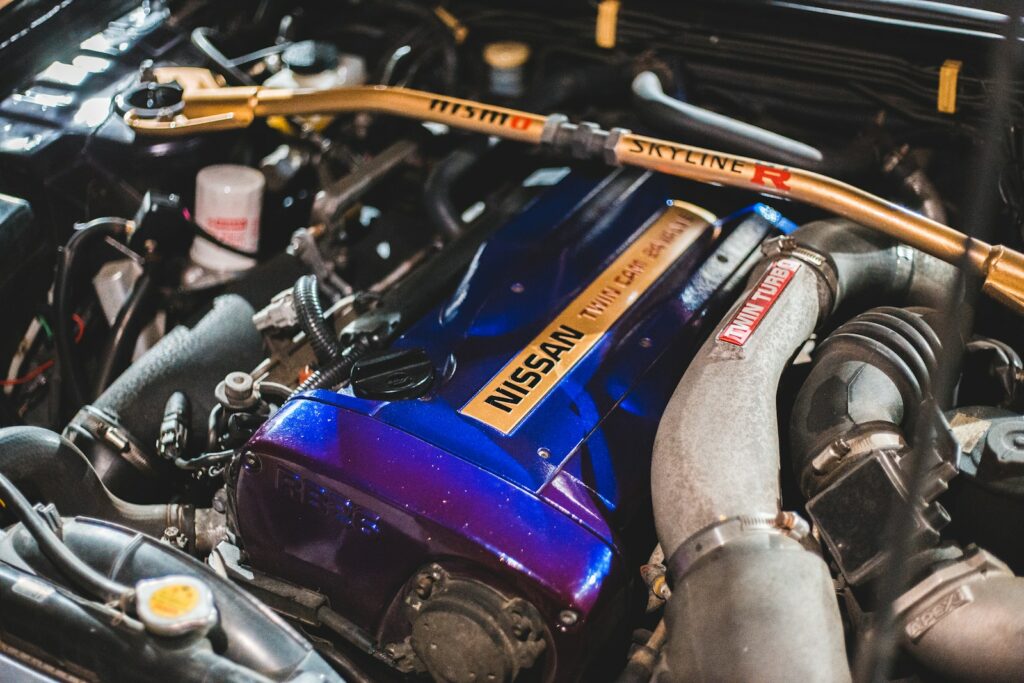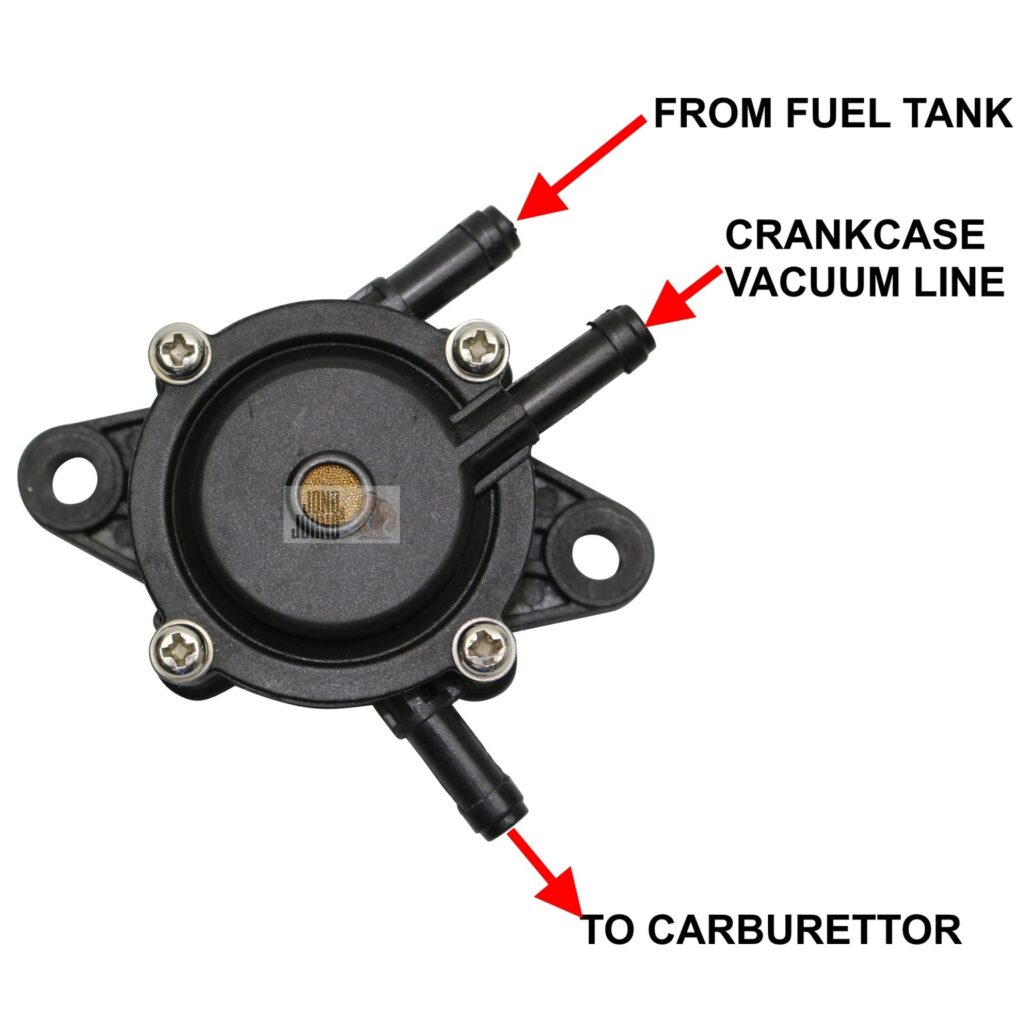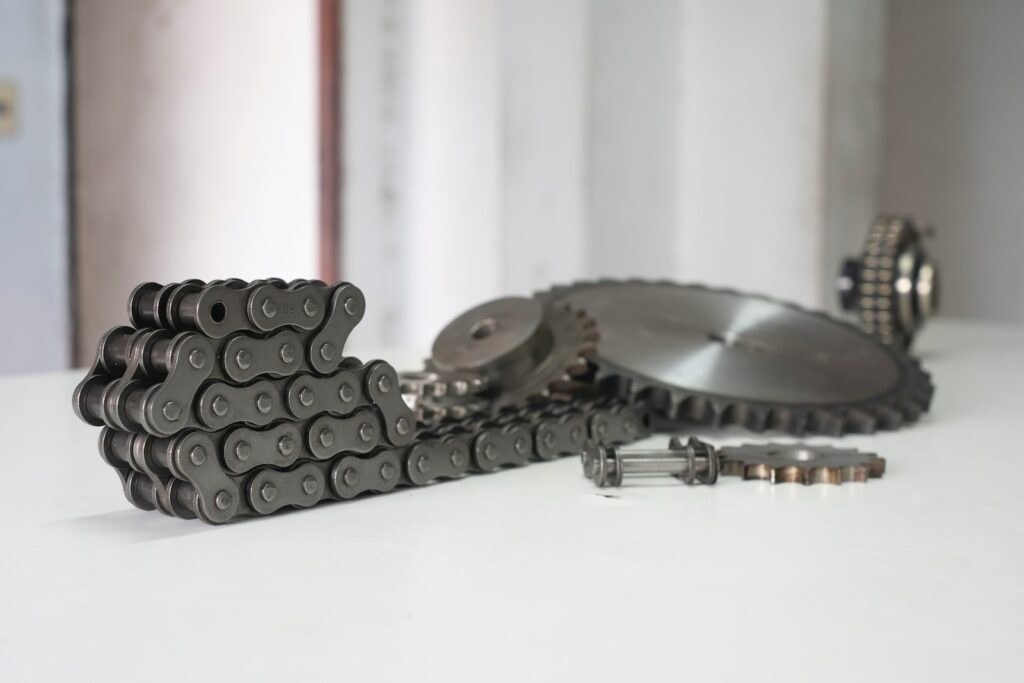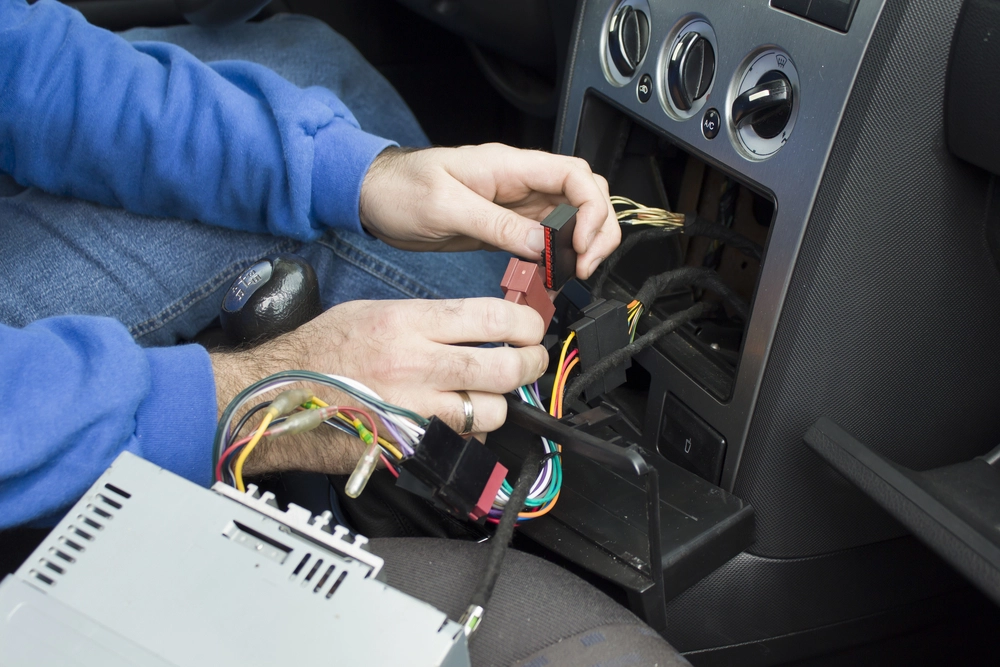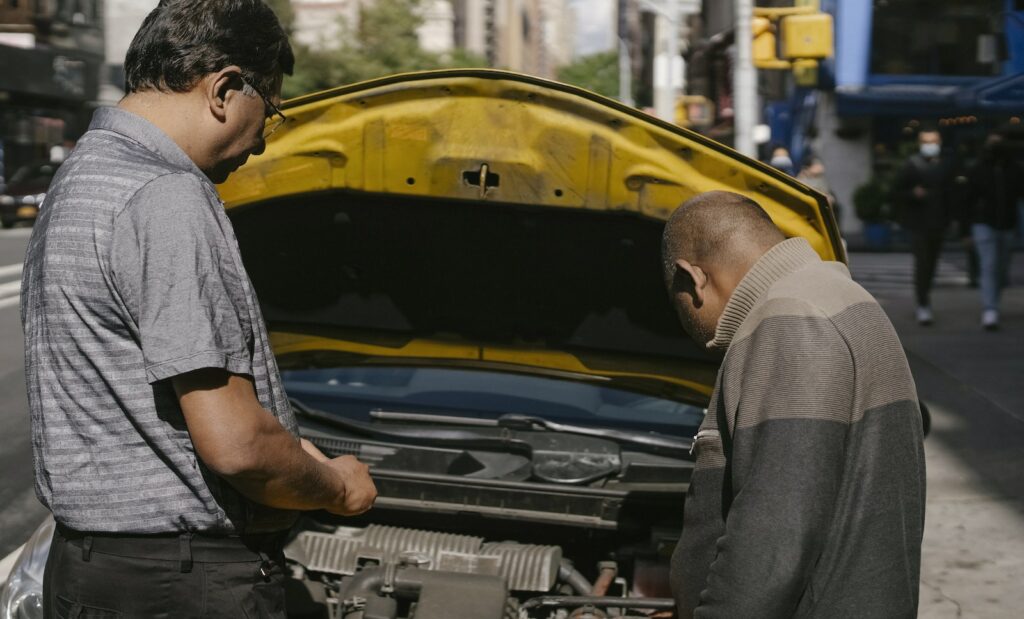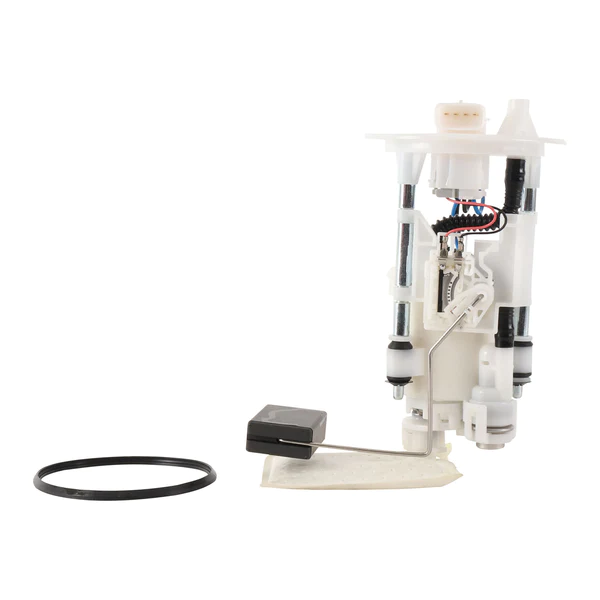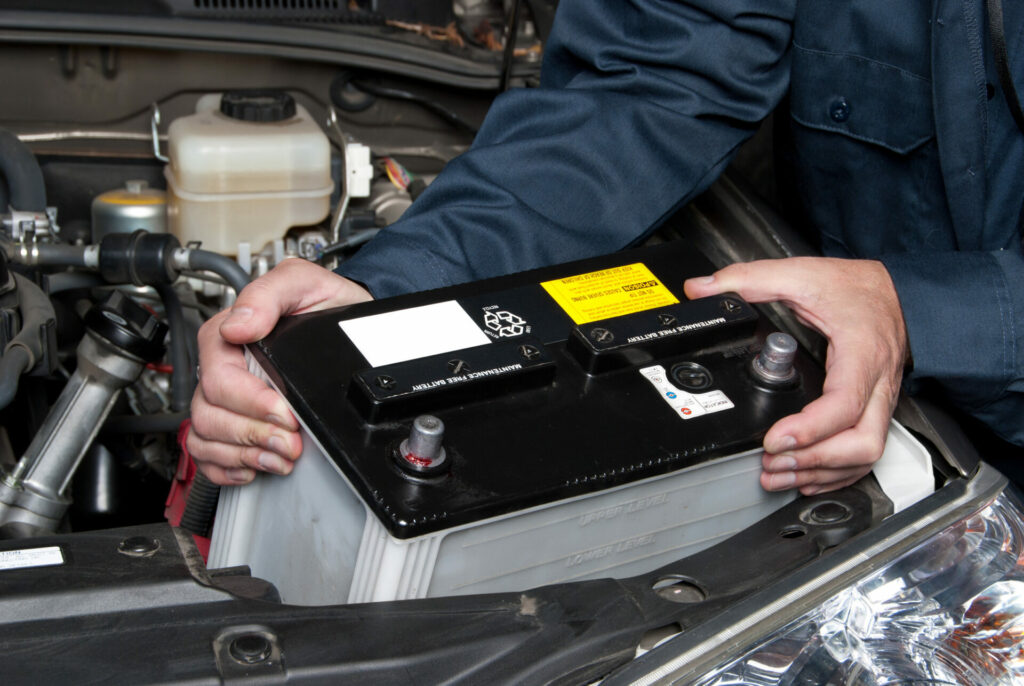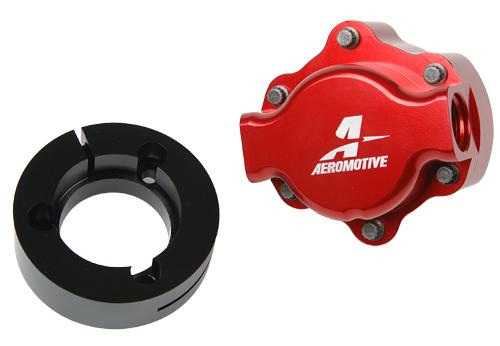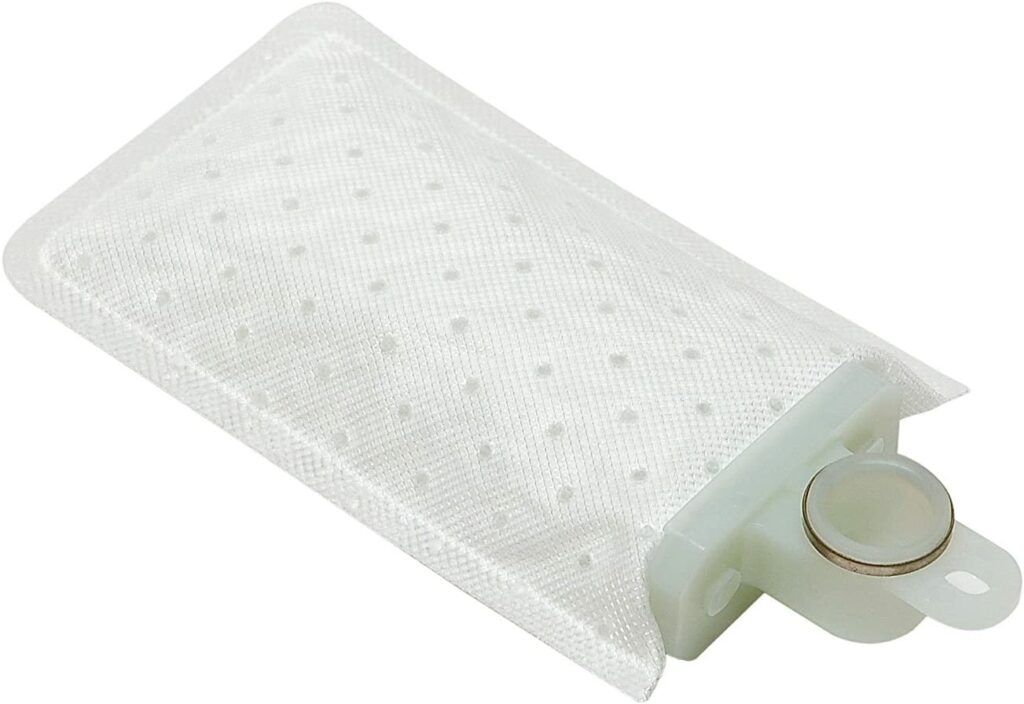Introduction
Transmission fluid leaks can be a major problem for your vehicle. Not only can they lead to a loss of power and difficulty shifting gears, but they can also cause serious damage if left unrepaired. In this post, we’ll take a look at how to find and fix transmission fluid leaks, as well as some tips to prevent them from happening in the first place.
Identifying a Transmission Fluid Leak
The first step in fixing a transmission fluid leak is to identify where it’s coming from. One of the most common signs of a transmission fluid leak is a puddle of reddish-brown fluid under your vehicle, usually located near the front of the transmission. To confirm that the fluid is transmission fluid, use a white rag or paper towel to check the color and smell of the fluid.
Another way to identify a transmission fluid leak is to check the transmission fluid level on the dipstick. If the level is low, it could be a sign of a leak.
Precautions
It’s important to take a few precautions when checking for a transmission fluid leak. First, make sure your vehicle is parked on a level surface and that the engine is cool to the touch. Transmission fluid can be hot and can cause burns.
Also, be sure to wear gloves and eye protection when checking for leaks. Transmission fluid can be harmful if it comes into contact with your skin or eyes.
Common Causes of Transmission Fluid Leaks
There are several common causes of transmission fluid leaks, including:
-Worn or damaged seals and gaskets: Over time, the seals and gaskets in your transmission can become worn or damaged, allowing transmission fluid to leak out.
-Cracks or holes in the transmission case: If there are cracks or holes in the transmission case, transmission fluid can leak out.
-Clogged or blocked transmission cooler lines: If the transmission cooler lines are clogged or blocked, transmission fluid can build up and leak out.
Fixing a Transmission Fluid Leak
Once you’ve identified the source of the leak, it’s time to fix it. Depending on the cause of the leak, the repair may be as simple as replacing a gasket or seal, or it may require more extensive work, such as rebuilding or replacing the transmission.
If the problem is a worn or damaged seal or gasket, you can replace it. This can be done by removing the transmission oil pan and replacing the gasket or seal.
If the problem is a crack or hole in the transmission case, the transmission will need to be removed and repaired or replaced.
If the problem is a clogged or blocked transmission cooler line, the line will need to be cleaned or replaced.
Preventing Transmission Fluid Leaks
To prevent transmission fluid leaks from happening in the first place, it’s important to have your transmission fluid checked and changed on a regular basis. This can help to keep the seals and gaskets in your transmission in good condition and prevent them from becoming worn or damaged.
You should also have your transmission checked for leaks on a regular basis and have any leaks repaired as soon as possible.
In addition, you should avoid overloading your vehicle and making sudden, hard gear shifts, as these can put extra stress on the transmission and increase the risk of leaks.
Conclusion
Transmission fluid leaks can be a major problem for your vehicle, but with the right knowledge and tools, they can be easily found and fixed. By taking the time to check for leaks, and keeping your transmission fluid changed and your vehicle well-maintained, you can help to prevent leaks from happening in the first place, and keep your vehicle running smoothly for years to come. Remember to always take the necessary precautions when checking for leaks, such as wearing gloves and eye protection, and to never attempt to repair a transmission leak yourself unless you have the proper knowledge and experience. If you’re unsure about how to fix a leak or how to properly maintain your transmission, it’s best to consult a professional mechanic. With the right care and attention, you can help to ensure that your vehicle stays in top condition and that your transmission remains leak-free.

